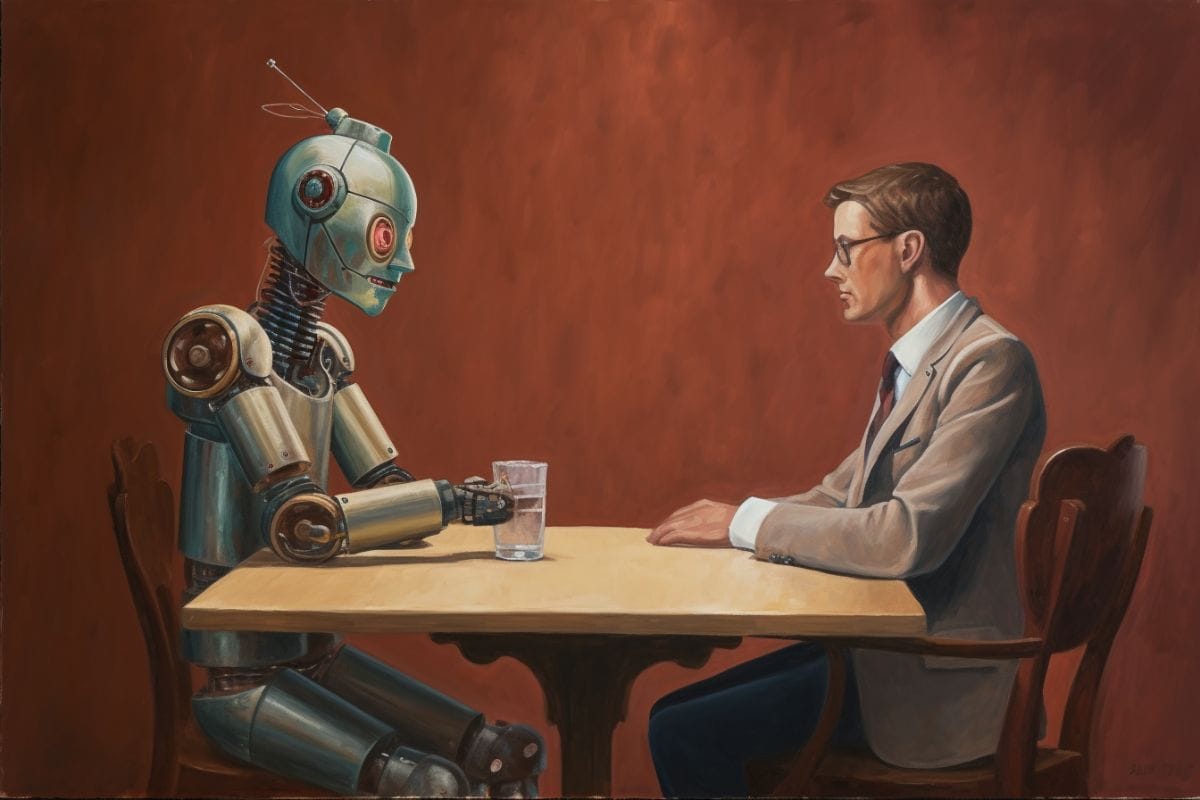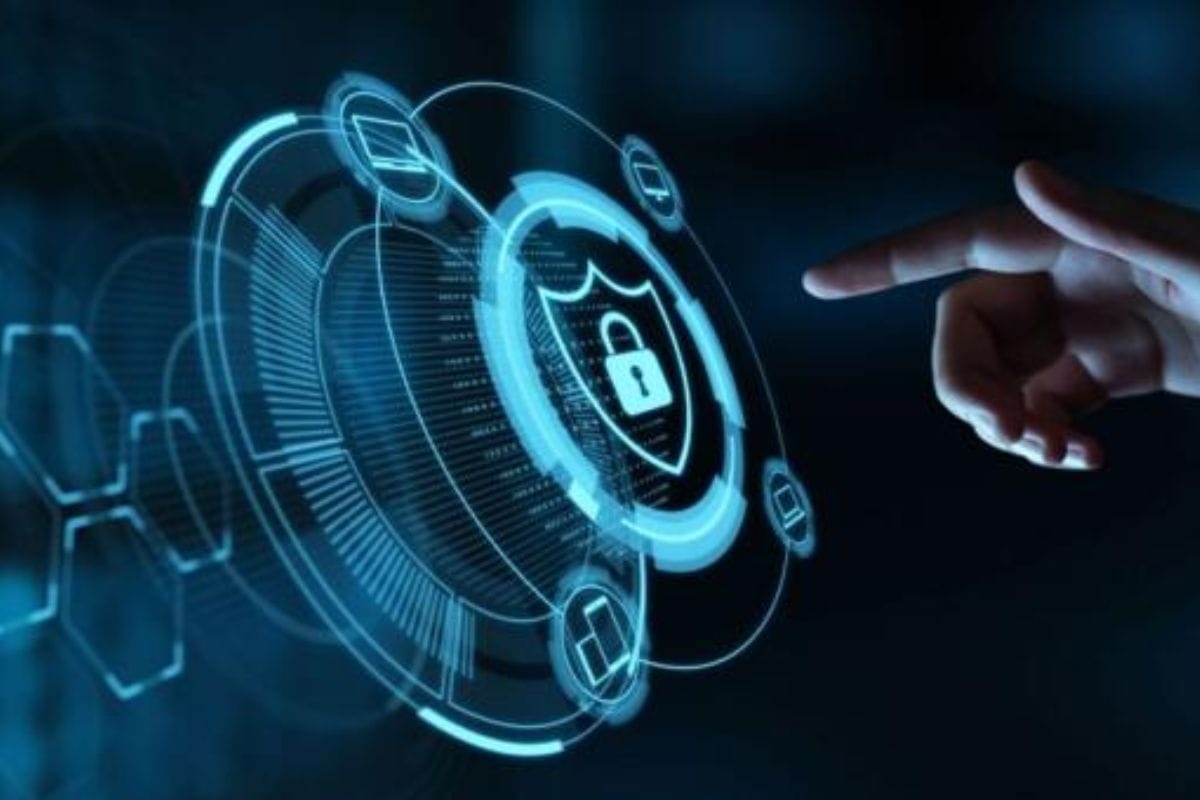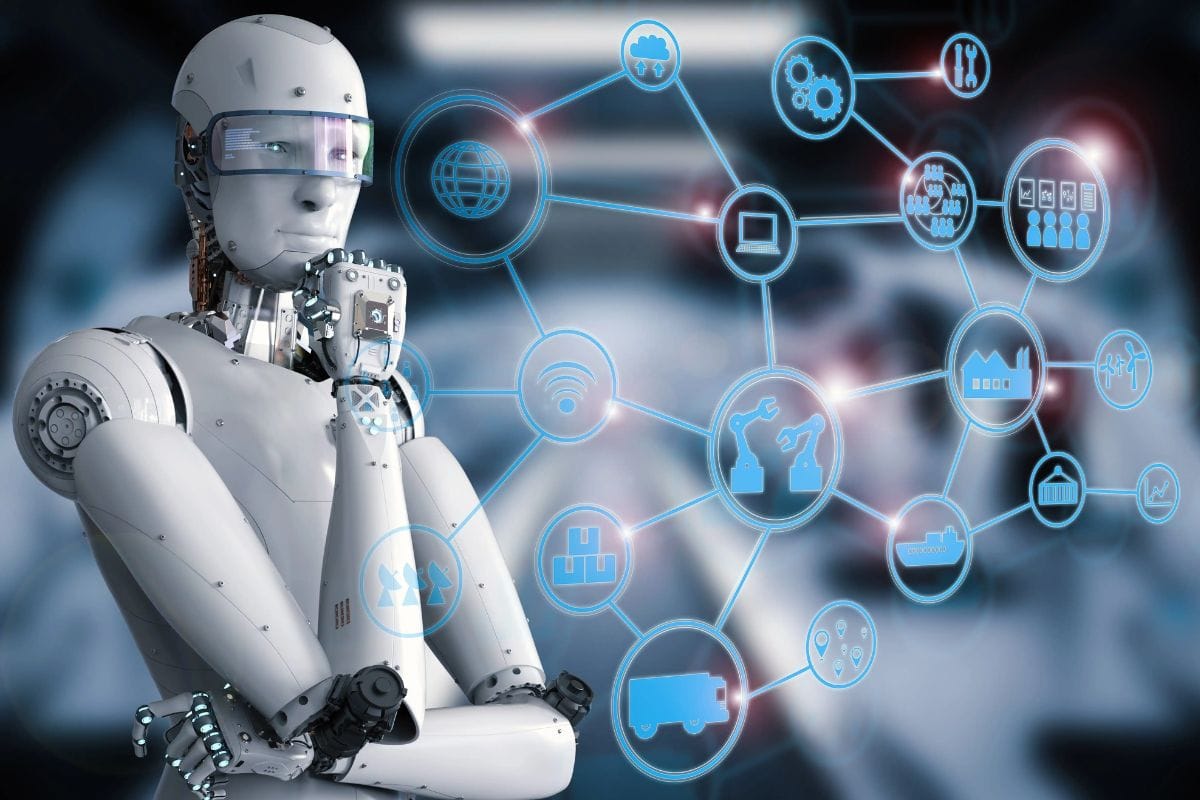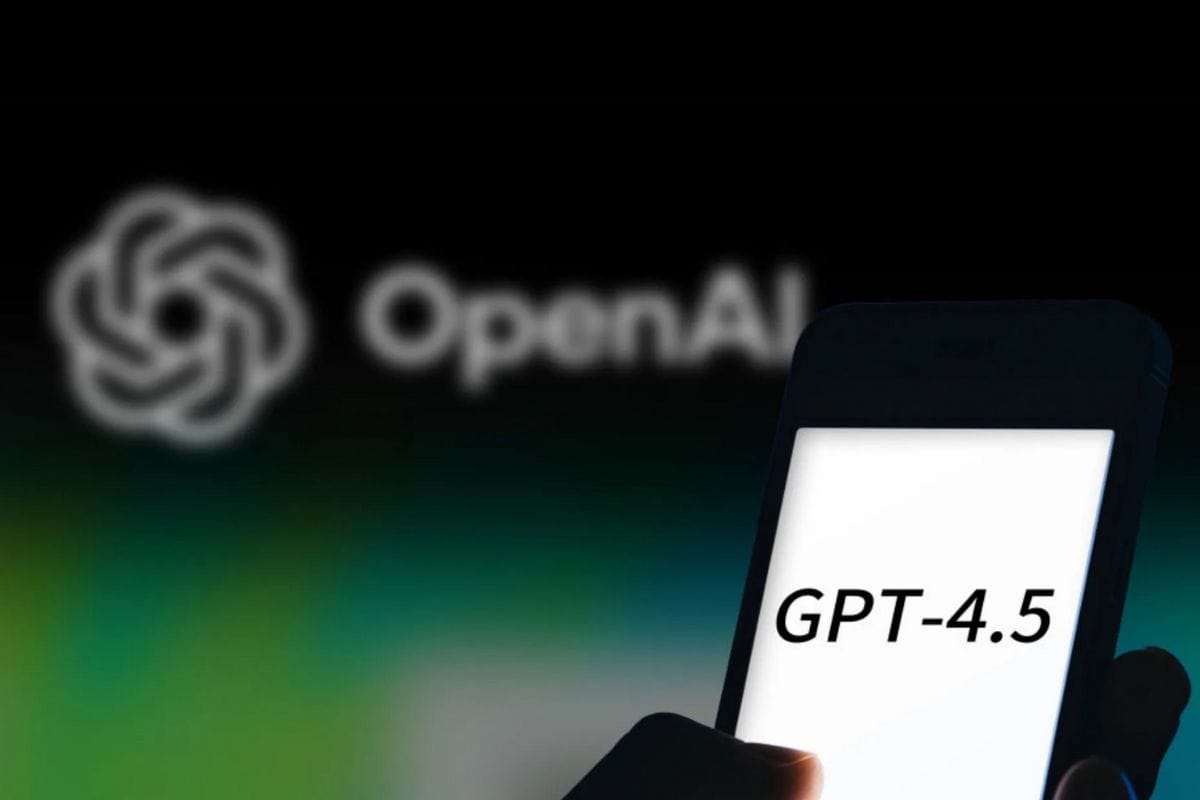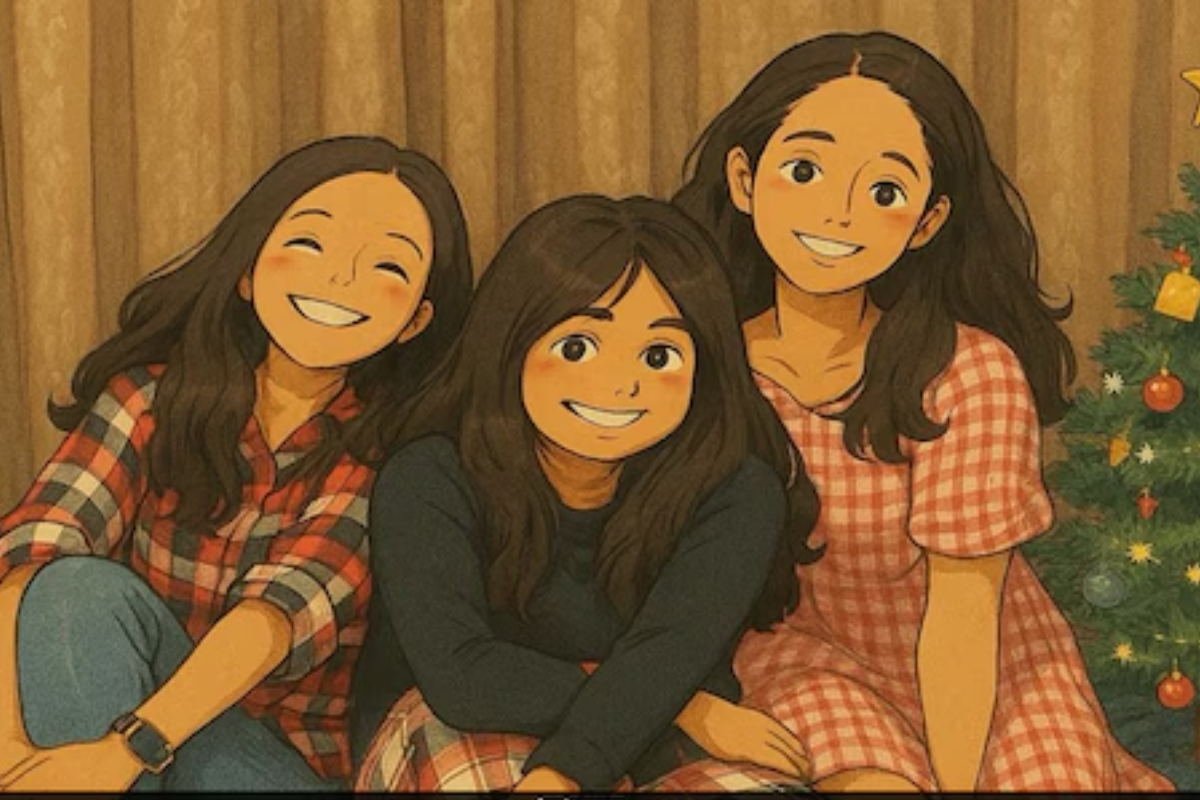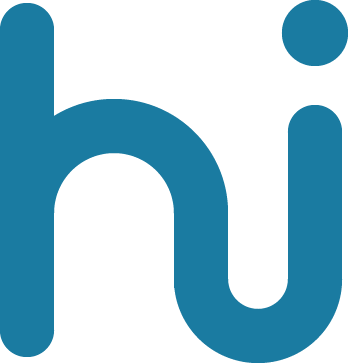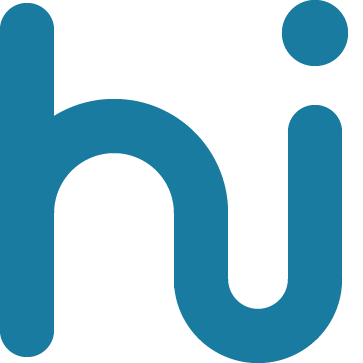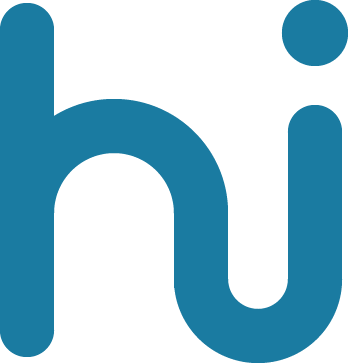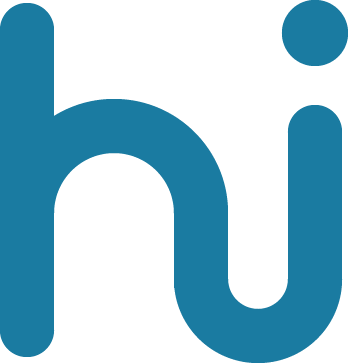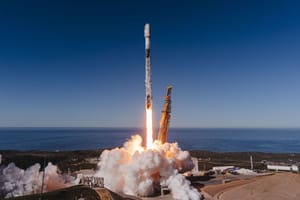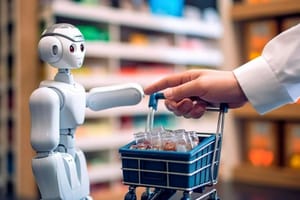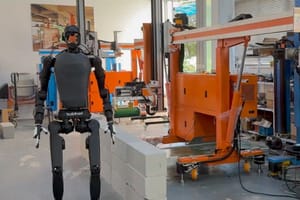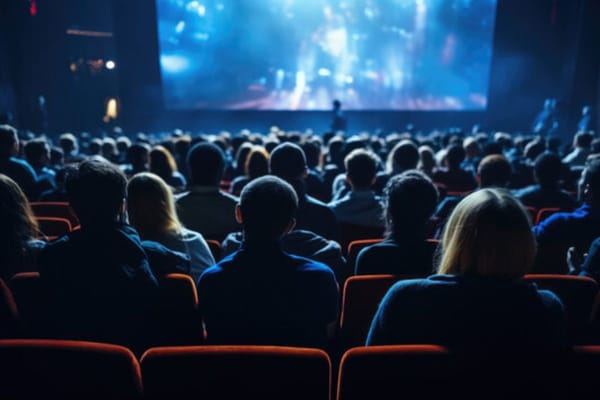It started with a few whimsical images—dreamy forests, gentle-eyed characters, and everyday scenes reimagined in the signature style of Studio Ghibli. Within hours, social media platforms like Reddit, X, and Instagram were flooded with these AI-generated artworks. From family portraits to pop culture references, everything began to look like it belonged in a Ghibli film. Powered by OpenAI’s latest GPT-4o model, users were suddenly able to turn prompts and images into cinematic stills that echoed the magic of Spirited Away or My Neighbor Totoro. The result? A viral explosion that few could have predicted.
As the Ghibli-style images took over timelines and feeds, something else was happening behind the scenes. OpenAI’s servers were overwhelmed. The surge in demand was so dramatic that Sam Altman, CEO of OpenAI, took to X (formerly Twitter) to plead with users:
“You all need to chill a bit with the Ghibli images. The team needs sleep.”
It was a light-hearted message, but it came from a very real concern. The infrastructure wasn’t built for this volume—not overnight, at least. And it raises a larger question: How did a simple art trend grow into a movement powerful enough to push the limits of one of the world’s most advanced AI companies?
There’s more to this moment than just pretty pictures. Why did Studio Ghibli’s aesthetic strike such a chord with users globally? What is it about this nostalgic, hand-drawn look that made people want to see their world through it? And more importantly, what does it mean when a style so carefully crafted by human hands becomes something that can be reproduced in seconds?
In this article, we explore how the Studio Ghibli AI trend took off, what fueled its virality, and how OpenAI found itself at the heart of a creative storm. We'll also look at the ethical and artistic questions it sparked and what this moment tells us about the evolving relationship between technology and imagination.
The Genesis of the Ghibli AI Trend
The emergence of AI-generated images emulating Studio Ghibli's distinctive art style can be traced back to the advancements in OpenAI's image-generation tools, particularly the integration of the GPT-4o model into ChatGPT. This development marked a significant leap in AI capabilities, enabling users to create high-fidelity, photorealistic images with remarkable precision. Unlike its predecessors, GPT-4o is a multimodal model capable of processing and generating text, images, and sound, offering a more seamless and efficient user experience.
Upon the release of GPT-4o's image generation feature, users quickly began to experiment with its potential. The tool's ability to understand and replicate intricate artistic styles allowed enthusiasts to transform personal photos and popular memes into visuals reminiscent of Studio Ghibli's hand-drawn animations. This process, often referred to as "Ghiblification," resonated with many who admired the studio's whimsical and nostalgic aesthetic.
The trend gained substantial momentum when a software engineer from Seattle shared an AI-generated image of his family rendered in the Ghibli style on social media. The post quickly went viral, inspiring countless others to create and share their own Ghibli-inspired images. Social media platforms became inundated with these AI-crafted artworks, leading to a record surge in ChatGPT's user engagement. According to data from market research firm Similarweb, average weekly active users surpassed the 150 million mark for the first time in the year.
This phenomenon underscores the influential role of social media in amplifying trends and the growing intersection between AI technology and creative expression. However, it also raises questions about the implications of using AI to replicate established art styles and the potential impact on the original creators and their intellectual property.
Catalysts Behind the Viral Spread
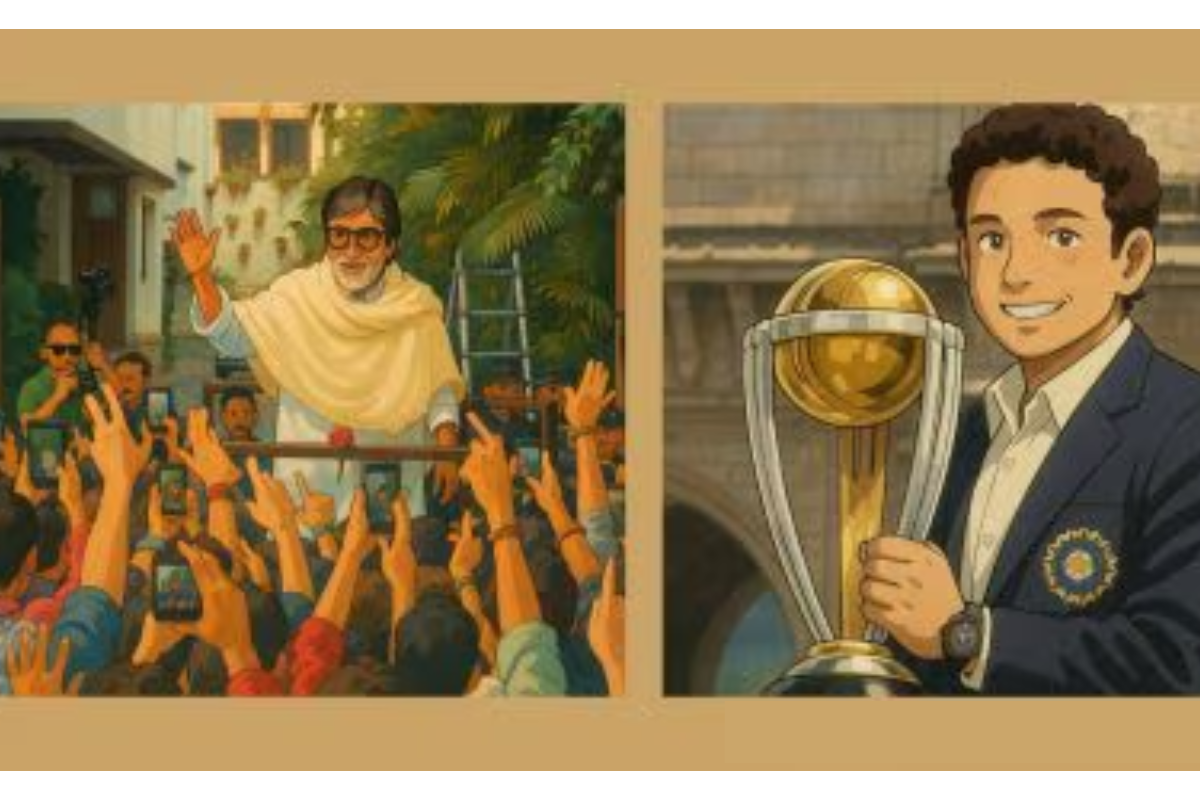
The meteoric rise of AI-generated Studio Ghibli-style images can be attributed to a confluence of factors that resonated deeply with a global audience. This phenomenon was fueled by the emotional connection and nostalgia associated with Studio Ghibli films, the accessibility of user-friendly AI tools, and the amplification through social media influencers and viral posts.
Emotional Connection and Nostalgia
Studio Ghibli's films have long held a cherished place in the hearts of audiences worldwide. Their hand-drawn animations evoke a sense of wonder and nostalgia, reminding viewers of childhood memories and simpler times. The ability to transform personal photos into Ghibli-style images allowed individuals to merge their own experiences with the beloved aesthetic of these films, creating a deeply personal and emotional connection. This fusion of personal memories with a universally recognized art style amplified the trend's appeal.
Accessibility and User-Friendly AI Tools
The introduction of OpenAI's GPT-4o model marked a significant advancement in AI technology, offering users the ability to generate high-quality images through simple text prompts. This democratization of AI art creation meant that individuals without technical expertise or artistic skills could easily produce Ghibli-style images. The intuitive interface and ease of use lowered barriers to entry, enabling mass participation and experimentation. As a result, a diverse range of users engaged with the tool, further propelling the trend.
Influence of Social Media Influencers and Viral Posts
The virality of the Ghibli AI trend was significantly amplified by social media platforms. Influencers and celebrities began sharing their own AI-generated Ghibli-style images, exposing their extensive follower bases to the trend. For instance, Indian celebrities such as Prime Minister Narendra Modi, cricketer Sachin Tendulkar, and actor Amitabh Bachchan participated by posting their transformed images, which garnered widespread attention and engagement. This endorsement by public figures not only validated the trend but also encouraged fans and followers to create and share their own versions, creating a ripple effect across social media platforms.
The synergy of these elements—deep-seated nostalgia, accessible technology, and influential social media presence—catalyzed the rapid and widespread adoption of AI-generated Ghibli-style images, illustrating the powerful intersection of emotion, technology, and digital culture.
The Overwhelming Impact on OpenAI
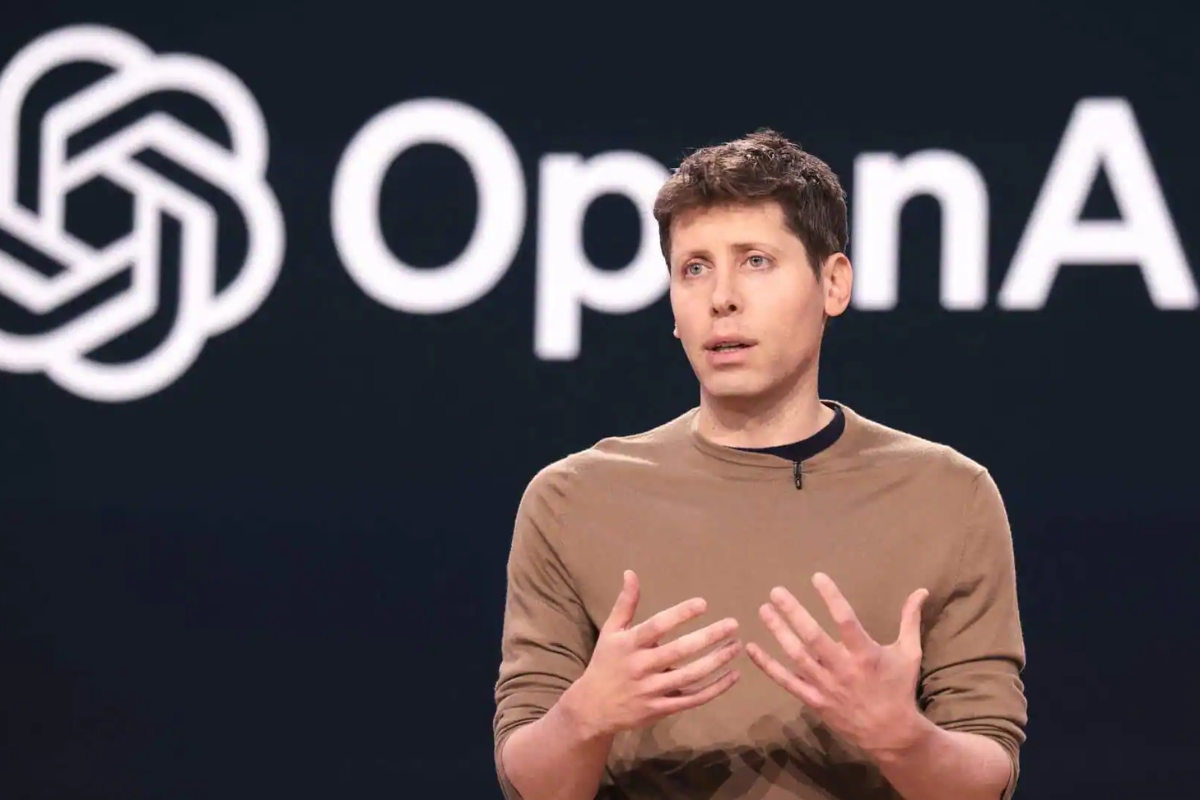
The recent surge in AI-generated Studio Ghibli-style images has significantly impacted OpenAI, leading to unprecedented usage spikes, infrastructural challenges, and public responses from CEO Sam Altman.
Statistical Data Showcasing the Surge in Usage and Demand
Following the introduction of ChatGPT's image-generation feature, particularly the ability to create images in the style of Studio Ghibli, OpenAI experienced a notable increase in user engagement. During the week of March 24, 2025, ChatGPT's weekly app downloads rose by 11%, weekly active users increased by 5%, and revenue from subscriptions and in-app purchases grew by 6% compared to the previous week. Notably, app downloads and in-app purchase revenue were up over 500% compared to the same week the previous year. Additionally, ChatGPT visits surpassed 4 billion in the first 28 days of March, marking a record-breaking month for the platform (Business Insider).
Challenges Faced by OpenAI's Infrastructure and Team Due to the Unexpected Load
The unexpected surge in demand placed considerable strain on OpenAI's infrastructure, particularly its GPU capacity. CEO Sam Altman acknowledged these challenges, stating, "It's super fun seeing people love images in ChatGPT. But our GPUs are melting. We are going to temporarily introduce some rate limits while we work on making it more efficient." This strain led to temporary service disruptions and delays in new releases as the team worked to manage the increased load.
Sam Altman's Public Statements Addressing the Situation
In response to the overwhelming demand, Altman humorously appealed to users on social media, posting, "Can y'all please chill on generating images this is insane our team needs sleep." He further elaborated on the challenges faced by OpenAI, noting that the company was dealing with capacity issues and that users should expect delays and potential service interruptions. Altman also highlighted the rapid growth of ChatGPT, comparing it to its initial launch: "We added one million users in the last hour," he wrote, contrasting it with the platform's early days when it took five days to reach the same number of users.
This unprecedented surge underscores the delicate balance between technological innovation and infrastructural capacity, highlighting the challenges companies face in scaling operations to meet viral demand.
Ethical and Artistic Considerations
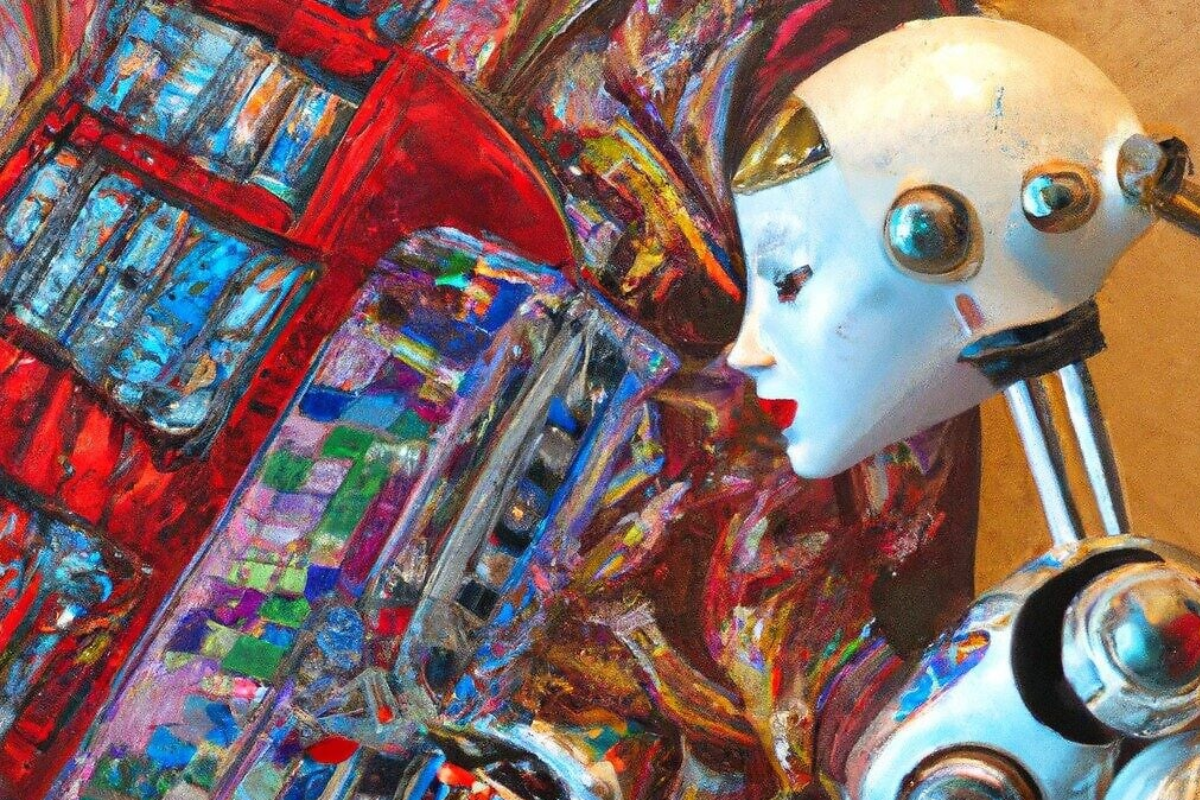
The proliferation of AI-generated art, particularly in emulating established styles like that of Studio Ghibli, has ignited significant ethical and artistic debates. These discussions center around the authenticity of AI art, concerns over originality and intellectual property, and the perspectives of original creators like Studio Ghibli's co-founder, Hayao Miyazaki.
Debate Over the Use of AI in Replicating Established Art Styles
The ability of AI to mimic renowned artistic styles has raised questions about the nature of creativity and authorship. Critics argue that while AI can produce visually similar works, it lacks the human experience and emotional depth that imbue original art with meaning. As noted in the Harvard Gazette, AI can imitate existing creations but does not engage in the genuine creative process that defines true artistry.
Furthermore, the replication of specific art styles without consent has led to legal and ethical concerns. Artists contend that AI-generated works infringe upon their rights by utilizing their unique styles without acknowledgment or compensation. This has prompted calls for a reevaluation of copyright laws to address the challenges posed by AI in the creative sphere.
Concerns Raised by Artists and Creators Regarding Originality and Intellectual Property
Artists have expressed apprehension about the impact of AI on originality and intellectual property. The unauthorized use of their works to train AI models is seen as a violation of their rights, leading to the potential devaluation of their creations. Legal actions, such as the lawsuit filed by artists Sarah Andersen, Kelly McKernan, and Karla Ortiz against AI companies, highlight the growing tension between AI developers and the artistic community.
The U.S. Copyright Office has weighed in on this issue, emphasizing that copyright protection requires human authorship and creativity. Works generated solely by AI, without significant human input, are not eligible for copyright, underscoring the importance of human involvement in the creative process.
Studio Ghibli's Stance on AI-Generated Art and Its Implications
Hayao Miyazaki, co-founder of Studio Ghibli, has been vocal about his disapproval of AI-generated art. In a widely circulated interview, Miyazaki described AI art as an "insult to life itself," reflecting his belief that art should encapsulate human emotion and experience.
This perspective has influenced the broader discourse on AI in art, emphasizing the need to preserve the human essence in creative endeavors. Miyazaki's stance serves as a reminder of the value of human touch in art, cautioning against over-reliance on technology that may undermine the authenticity and emotional depth of artistic works.
The rise of AI-generated art that replicates established styles brings forth complex ethical and artistic considerations. Balancing technological innovation with respect for original creators' rights and the intrinsic value of human creativity remains a pivotal challenge in the evolving landscape of art and technology.
Broader Implications for AI and Creativity
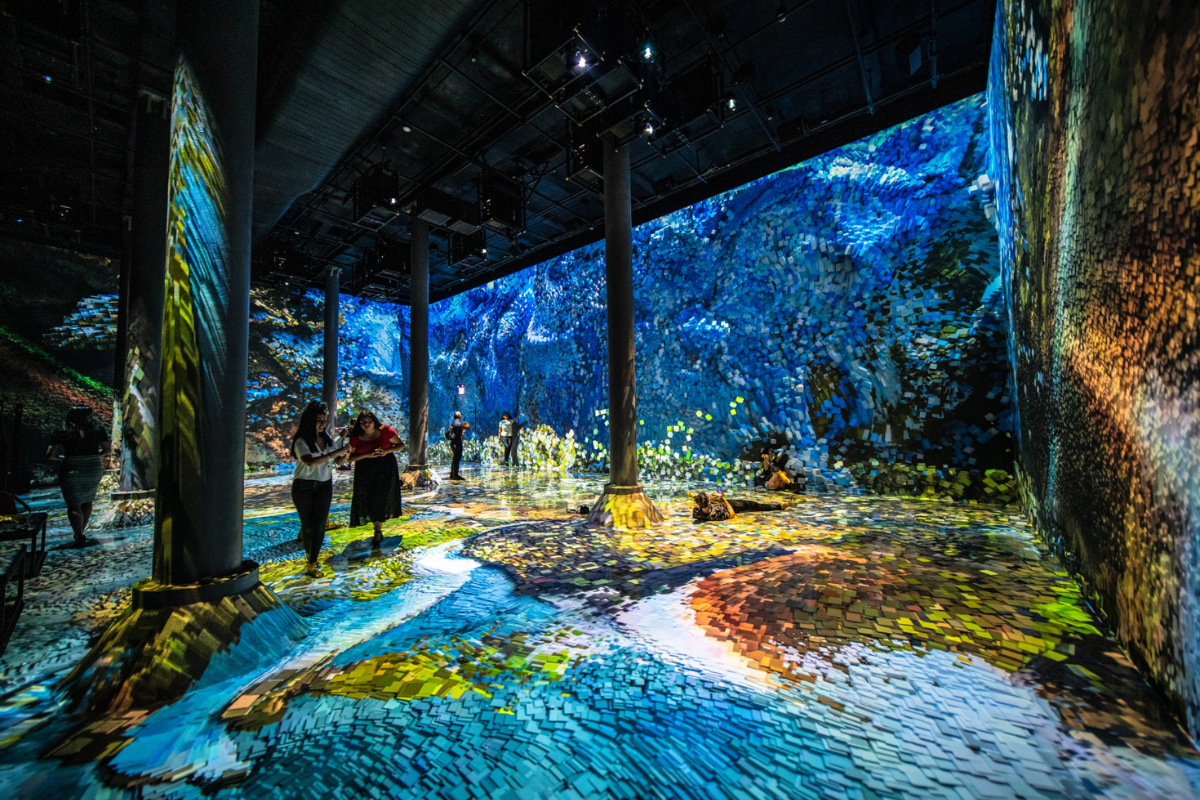
The Ghibli AI trend may have started as a lighthearted experiment, but it has quickly grown into a cultural marker—one that’s forcing us to rethink how we define creativity in the age of artificial intelligence. At its core, this moment is not just about beautiful images. It’s about what happens when technology becomes so powerful, so accessible, that it begins to mimic the very soul of human artistry.
Innovation has always walked a fine line with integrity. On one side, you have the undeniable power of AI to speed up workflows, democratize access, and empower those who may have never touched a paintbrush or design tool in their lives. On the other side, there’s the lingering question—can something created in seconds by an algorithm ever carry the same emotional weight as something poured out slowly by hand? And if the output looks almost identical, does that make it equal?
According to Nien Siao, president of Pearl Academy and a leading voice in design education, AI can be a remarkable enabler—but it cannot replicate what she calls “human ingenuity.” It can assist, even inspire, but it doesn’t have the intuition, memory, or emotion that makes a piece of art truly personal.
Yet, the potential of this technology is hard to ignore. One of the clearest outcomes of the Ghibli trend has been how AI tools are lowering the barrier to creativity. A teenager with a phone can now generate a film-quality image. A small business owner can produce professional graphics without hiring a designer. This kind of access has never existed before. It’s reshaping who gets to create—and who gets noticed.
In the process, new forms of artistic expression are beginning to take shape. Digital artists like Refik Anadol are blending AI with massive data sets to create immersive visual experiences, and installations like “Machine Hallucinations” are drawing audiences into entirely new dimensions of storytelling. These aren’t just experiments—they’re previews of what could become a dominant form of visual art in the next decade.
But as creation becomes easier, faster, and cheaper, what happens to originality? As AI gets better at mimicking existing styles, artists have started asking how their work will be protected. Many are concerned that their illustrations, designs, and techniques are being fed into machine learning models without their consent—and in many cases, without any form of credit. This isn't just about attribution; it's about ownership and value.
In fact, ongoing lawsuits from artists like Sarah Andersen and Karla Ortiz argue that training AI models on their work without permission is a direct violation of intellectual property. And the U.S. Copyright Office has already stated that artworks created entirely by AI—with no meaningful human contribution—cannot be copyrighted. So where do we draw the line between inspiration and imitation?
The Ghibli wave also served as a reminder that users themselves play a huge role in shaping how AI is used. While most were enjoying the trend in good spirit, others began generating questionable or inappropriate content, forcing OpenAI to limit image generation and respond publicly. It’s a classic example of how tech isn’t dangerous by design but by how people choose to use it. In moments like these, we’re reminded that ethical responsibility doesn’t belong to the machine—it belongs to us.
So as we look ahead, the real challenge won’t be whether AI can create—it already can. The challenge will be in deciding what kind of world we want to build with it. Will we let it flatten the meaning of art into fast content? Or can we treat it as a powerful creative partner—one that enhances what we do without erasing why we do it?
The rapid ascent of the Studio Ghibli AI trend can be attributed to several converging factors. The emotional resonance and nostalgia associated with Studio Ghibli's distinctive art style captivated a broad audience, while the accessibility of OpenAI's image-generation tools democratized the creation of such art. Social media platforms further amplified this phenomenon, enabling swift sharing and virality. Collectively, these elements fostered an environment ripe for widespread engagement with AI-generated Ghibli-style images.
This trend serves as a compelling case study, offering valuable insights into the evolving relationship between technology and creativity. It underscores the necessity for ethical considerations in AI development, particularly regarding the replication of established art styles and the potential implications for original creators. The challenges faced by OpenAI, including infrastructure strain and ethical debates, highlight the importance of anticipating and addressing the multifaceted impacts of technological innovations.
Navigating the intersection of AI technology and artistic expression requires a delicate balance. While AI presents unprecedented opportunities for creative exploration, it is imperative to uphold the integrity and rights of human artists. Establishing clear ethical guidelines and fostering collaborative dialogues between technologists and artists can ensure that AI serves as a tool for augmentation rather than appropriation. As we stand at this crossroads, thoughtful engagement with these issues will be crucial in shaping a future where technology and human creativity coexist harmoniously.
Also read:
